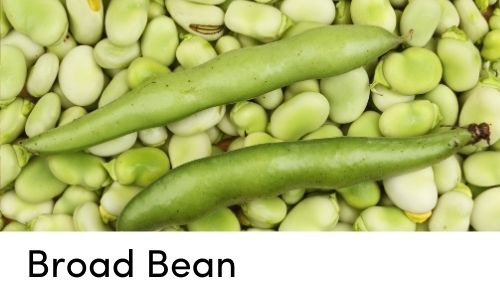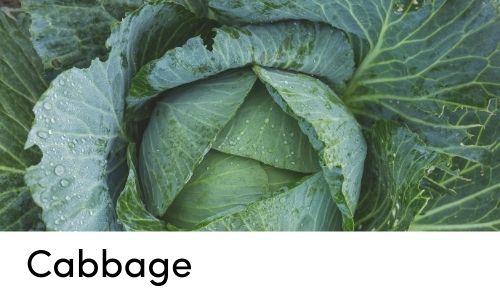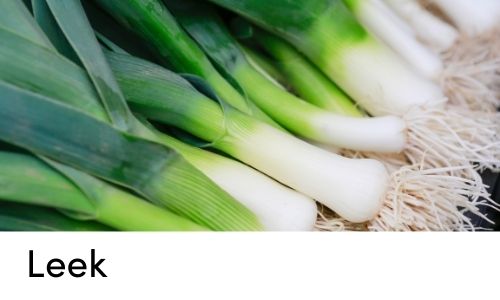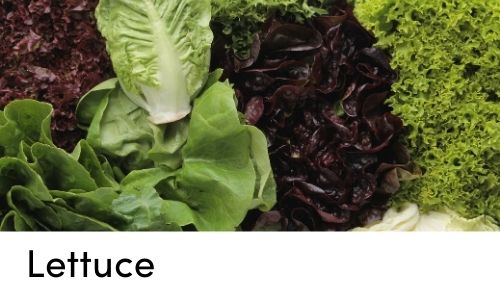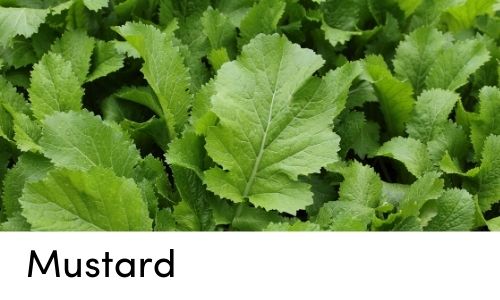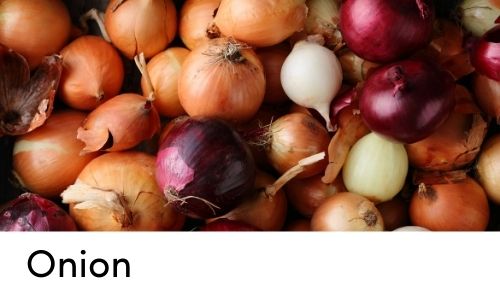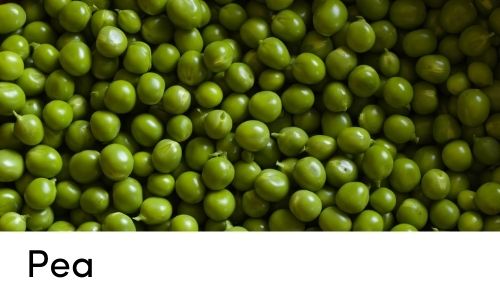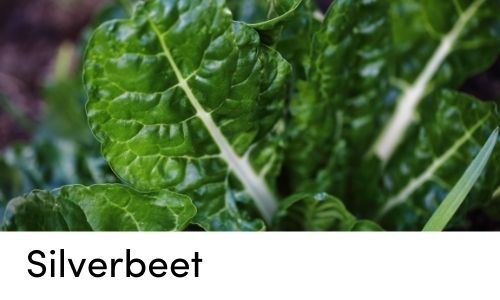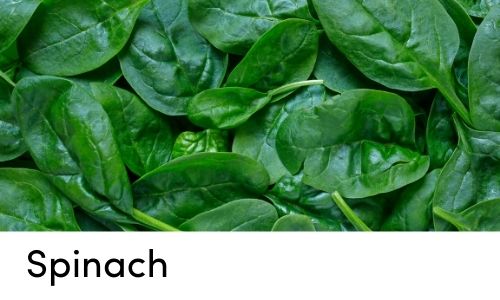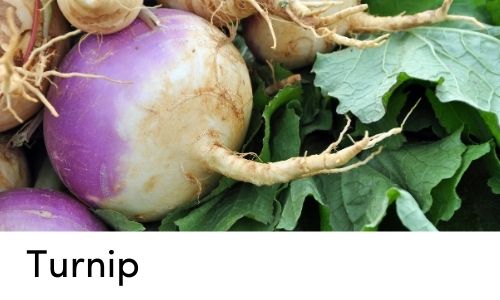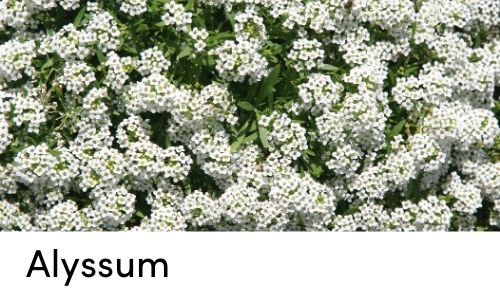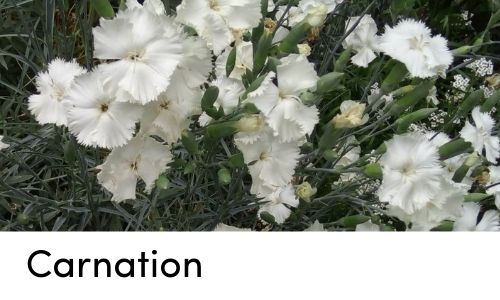For many people, the best time of the horticultural year is now here. The cooler mid-autumn weather is a welcome relief from the lingering summer heat, but there's still plenty of warmth around to keep the growing season alive.
While your overall gardening activity might be slowing down as winter approaches, April is still an incredibly important month. The gardening hours you put in now will pay huge rewards over winter, and April's more comfortable weather makes it an enjoyable time to get your garden in shape before the real cold moves in.
What to Grow Now:
Soft leafy greens from lettuce to spinach will appreciate the cooler weather and milder sun, but will still grow fast enough to give a worthwhile pre-winter harvest. Broad beans, cabbage, cauliflower, and leeks can all use the remaining warmth to get established in time for the spring growth spurt.
Depending on your area, it might be getting a little cool for sowing annual flower seeds outdoors, but seedlings transplanted from indoor sowings can add colour to the autumn garden. Pansies, viola, poppies, carnations, and honesty should all do well, and are especially good for brightening bare patches between the remaining summer plants.
Vegetables to Sow Now:
Flowers to Sow Now:
More seeds to sow now: The links below list even more seeds that can be sown in April in each climate.
▩ Cold Climate: Tasmania, Melbourne, Mt Gambier, Canberra, etc.
▩ Moderate Climate: Sydney, Perth, Adelaide, etc.
▩ Warm Climate: Brisbane, Bundaberg, Carnarvon, etc.
▩ Tropical Climate: Broome, Darwin, Cairns, Townsville, etc.
▩ Not sure which climate? Click here.
Gardening Tips for April:
The Main Priority for April: The biggest job for April is tidying up after the exuberance of summer. Spent veggies, dying annual flowers, and perennials which have passed their yearly highlight should be removed or cut back, making space for later-season plants through the autumn and winter. The remains of most summer plants can be dug back into the soil or added to your compost to keep the nutrient cycle turning. However, be sure to dispose of any diseased plants carefully to stop the infection spreading, and it's also sensible to remove any uprooted tomato and potato plants from your garden to lessen the risk of blight.
Recycle Leaves: Clearing fallen leaves may be an annual autumn chore, but the resulting leaf piles shouldn't be wasted. Spread them as an organic mulch to keep warmth in the soil, add them sparingly to your compost heap, or load them into plastic sacks to slowly degrade into nutritious leaf mould. Read more.
Soil Improvement: Beds left empty after removing the summer's growth provide a perfect opportunity for some soil improvement. Working the beds over with a fork or hoe will aerate the soil and reduce compaction, helping with drainage. Digging in plenty of compost or well-rotted manure in April will give the nutrients plenty of time to mingle into the earth, priming it for healthy spring growth. And if you don't have any compost available, now's a good time to replenish the soil with a slow-release fertiliser.
Green Manure: If you're not planning on growing any winter crops in your empty beds, sowing a green manure will keep weeds in check over winter, and also boost the soil's nutrient levels when you dig the plants back under in spring.
Weed Alert: The fast growth of summer might be winding down, but you can't let your guard down with any remaining weeds. Many annuals will be setting seed around now, so be careful to remove as many as possible before they spread their next generation around your garden.
Deadhead Flowers: Removing fading flowers from their parent plants not only keeps your garden looking neat and tidy, but it can also extend the flowering season for many species. And for perennials which won't flower again this year, removing the dying flowers redirects energy from seed production to a healthier bulb or root system, providing a better display next year. Read more.
Pick and Preserve Crops: Similarly, picking fruit and vegetable crops regularly can prolong the season by preventing seeds from setting. And if you continue to harvest more than you need, autumn is of course the prime time for preserving your produce for winter or for sharing with friends.
Prepare for Autumn Weather: Autumn often brings an increase in bad weather, so now's the time to give taller or more delicate plants some extra support to protect them from winds and heavy rain.
Pest Patrol: Cooler and wetter weather also brings increased pest activity. Be on the alert for aphids, slugs and snails, caterpillars, and earwigs. Keeping numbers down now will make your gardening life much easier in spring.
Container Plants: Plants in containers can be moved to sunnier spots to make the most of the gentler autumn sun, or for perennials, move them to their more sheltered overwinter spots. For annuals which have finished, emptying and cleaning the pots this month removes a job from the busy spring schedule.
Trees: Lastly, in cooler areas, mid-autumn's a good time to plant fruit and other trees. They'll appreciate the increased rainfall while they establish their roots before growth slows in winter. However, wait until the weather has genuinely cooled: bare-root trees which catch too much autumn sun can dehydrate very quickly, and may fail to reappear when the weather warms again.



